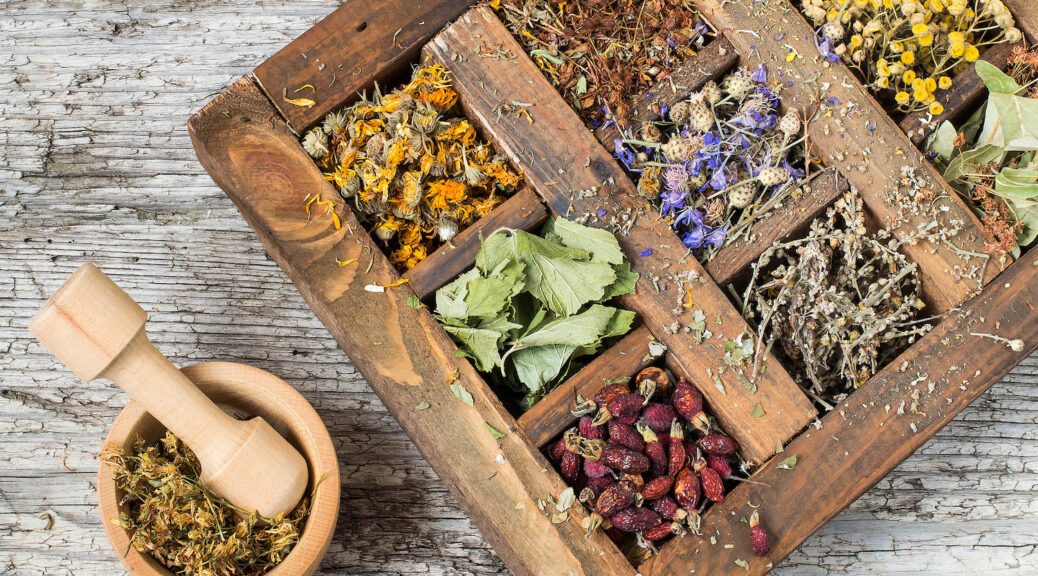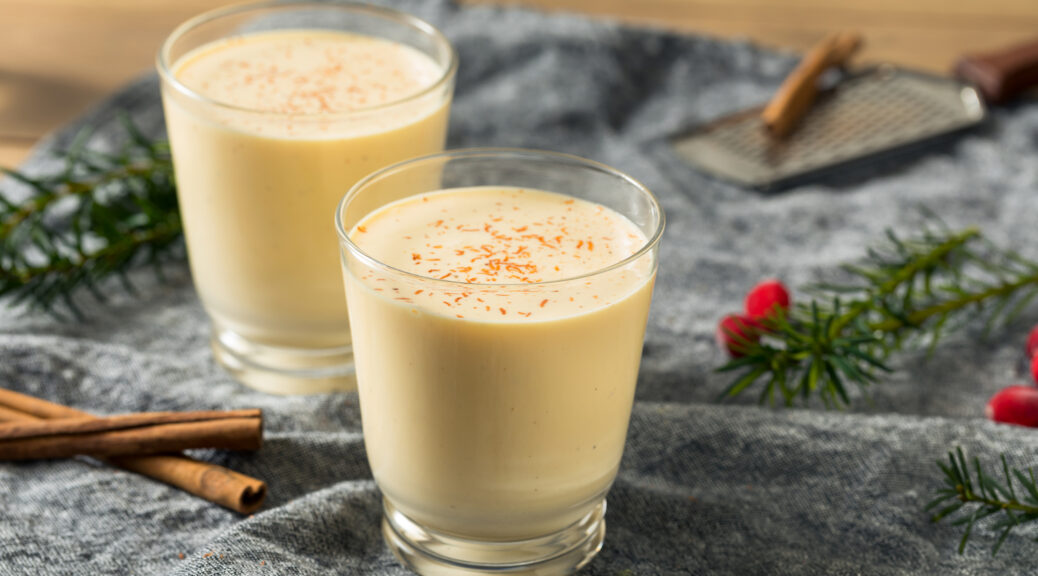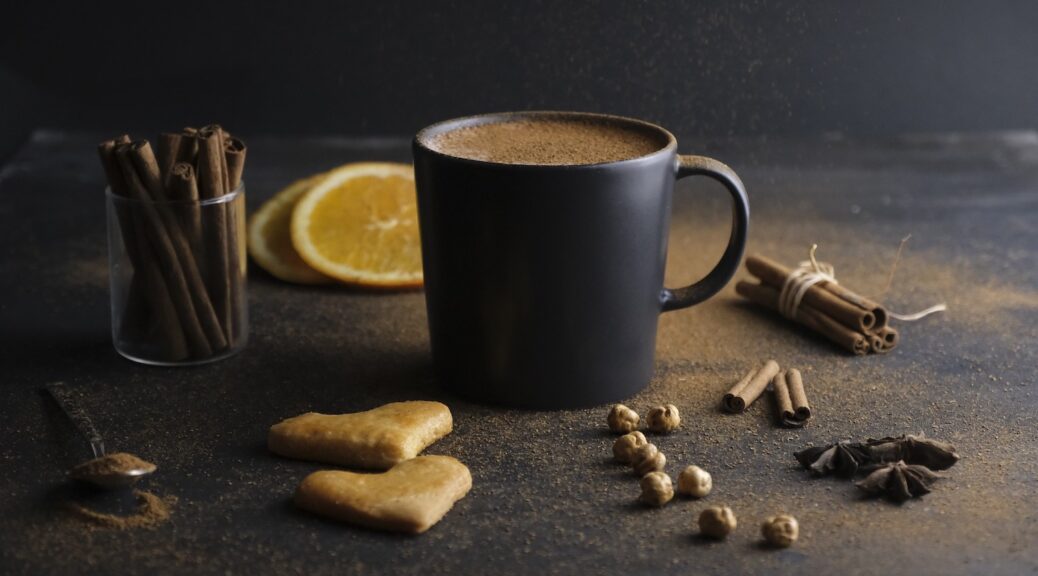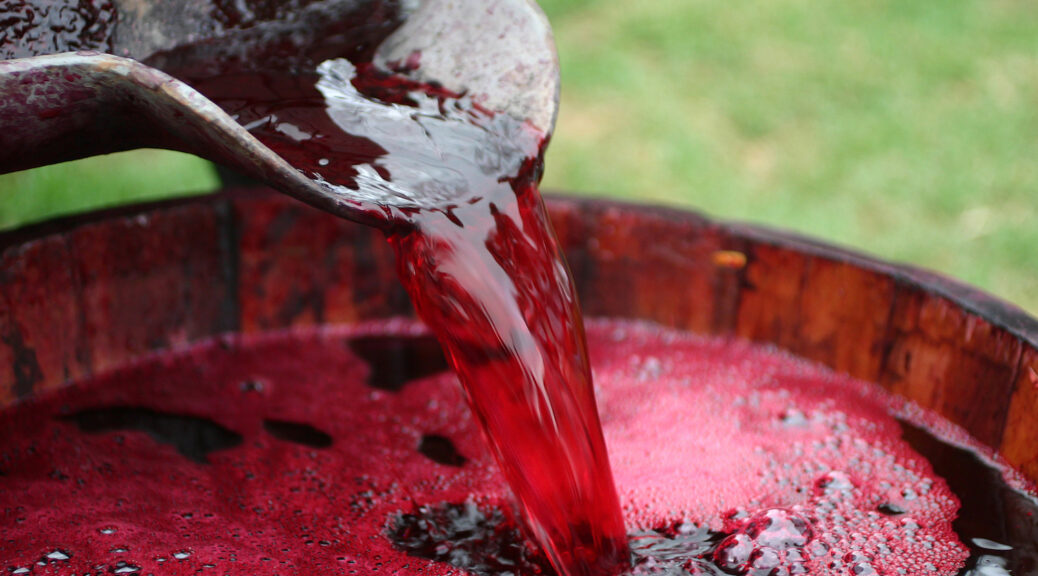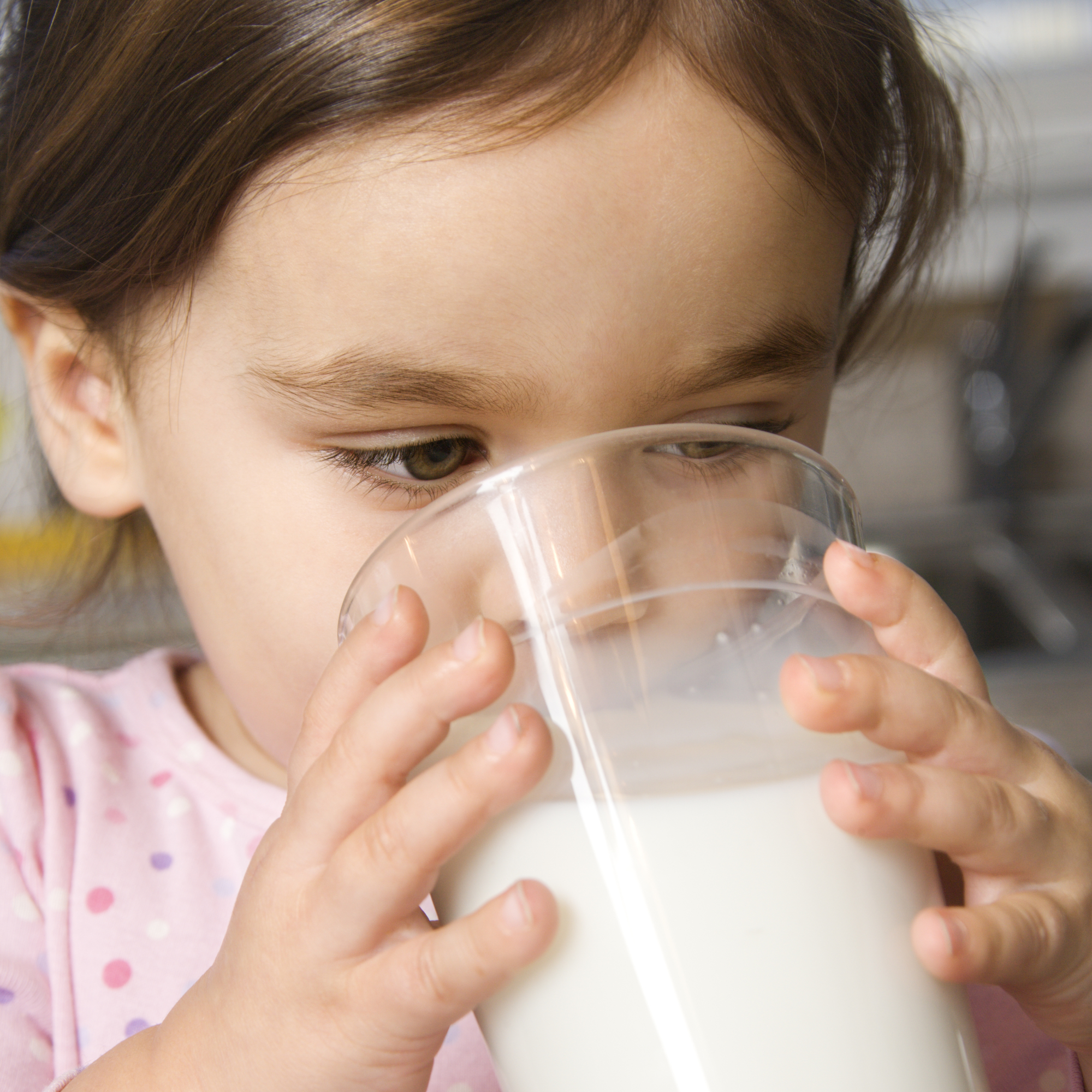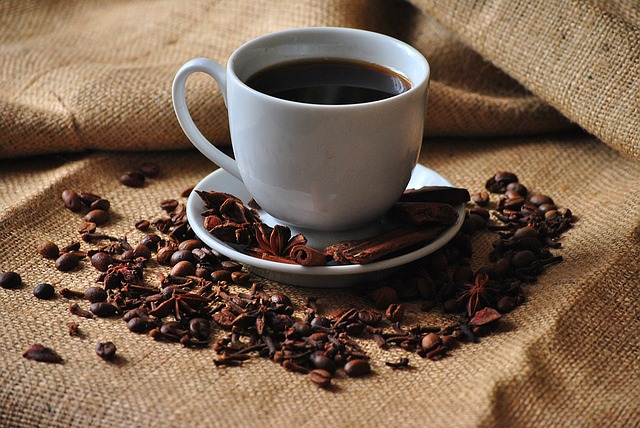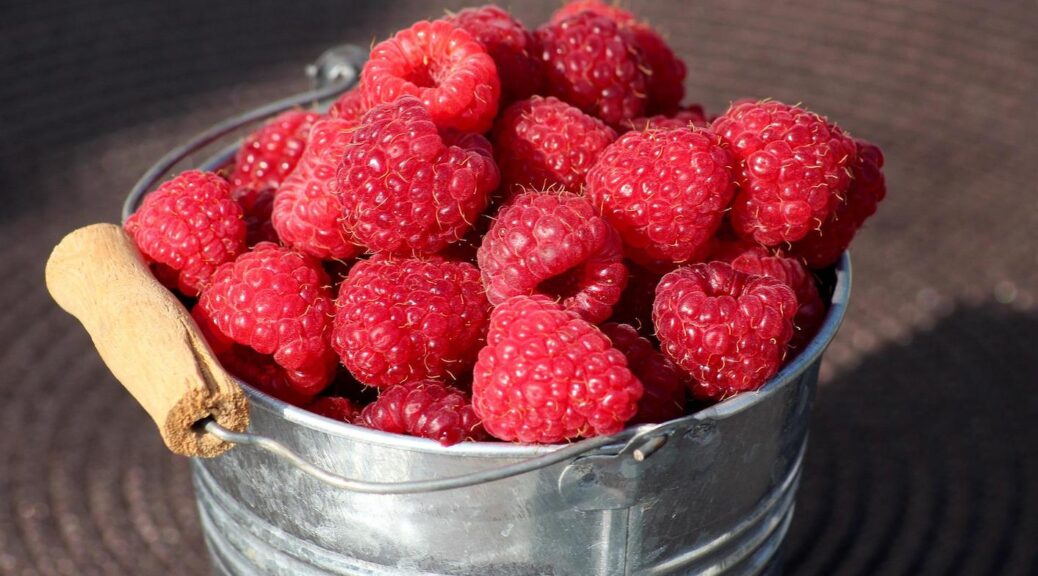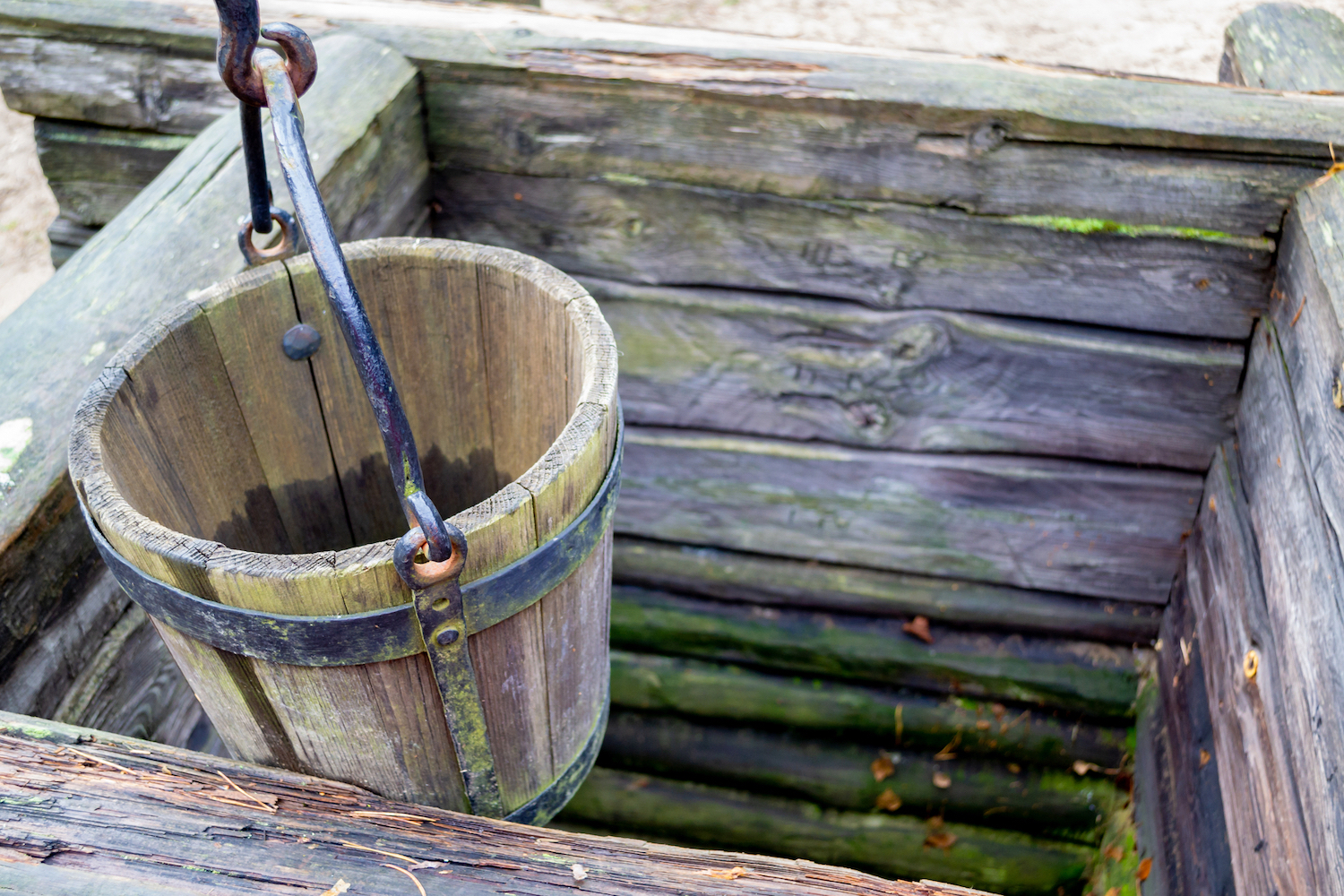Medicinal, Herbaceous, and Other Drinks for Invalids, etc.
Cookbooks published in the 1800s often contained household hints and medical advice. Of course, this advice is from over 200 years ago! I discovered a comprehensive online document called “Glossary of Medical Terms Used in the 18th and 19th Centuries“ to help me identify some of the diseases mentioned below. In the 1960s, our mother used to dose us with Father John’s Cough Syrup when we were young. It was made of cod liver oil. I remember it being thick…
